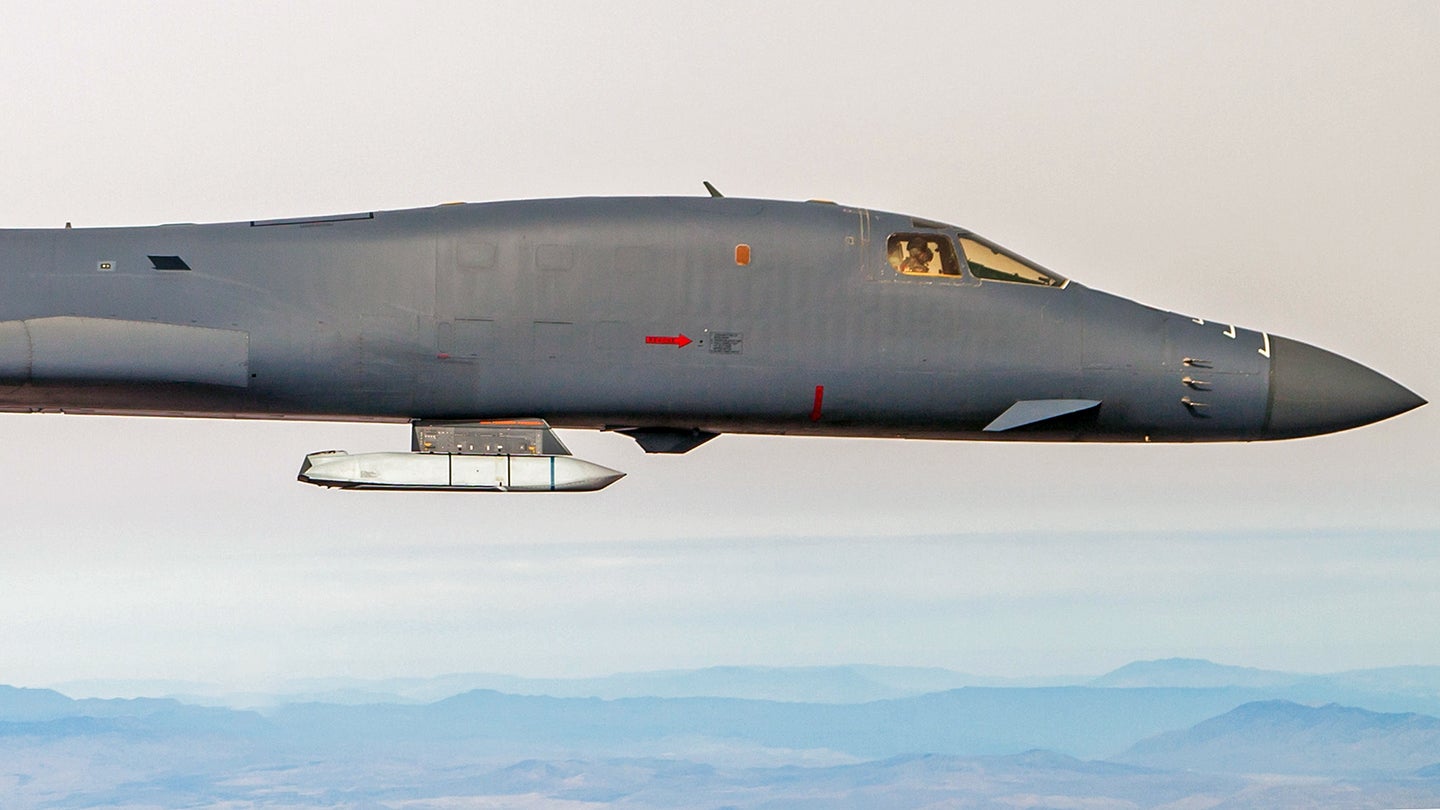The U.S. Air Force has released images of a B-1 bomber carrying an inert AGM-158 Joint Air-to-Surface Standoff Missile cruise missile on a pylon under its fuselage for the first time. This was part of a demonstration program that the service hopes will lead to these aircraft being certified to carry up to 12 JASSMs, or AGM-158C Long Range Anti-Ship Missile derivatives, externally, in addition to 24 more of either of those weapons in its internal bomb bays. The Air Force has also said in the past that it looking at integrating hypersonic weapons onto the B-1 in the future using external pylons.
A B-1 assigned to the 419th Flight Test Squadron, part of the 412th Test Wing that serves as the Global Power Combined Test Force, conducted the demonstration flight over Edwards Air Force Base on Nov. 20, 2020. The inert, captive carry variant of the AGM-158 was attached to the aircraft using an external pylon that typically carries an AN/AAQ-33 Sniper Advanced Targeting Pod.
This pylon is attached to one of six external hardpoints that the aircraft has and that were initially intended to be used to carry special launch racks, each of which could hold two nuclear-tipped AGM-86B Air-Launched Cruise Missiles (ALCM). After the Cold War, the Air Force stripped all of the B-1s of their nuclear weapons delivery capability and bombers stopped using the external hardpoints.
An “extensive engineering review will help the Air Force understand areas where we need to focus in order to maintain the B-1B as a multi-mission weapon system, potentially laying the groundwork for integration of future weapons on the aircraft,” Air Force Major William Russell, a spokesperson for Air Force Global Strike Command (AFGSC), which oversees the service’s bomber fleets, among other assets, told The War Zone. “Following the captive carry mission, engineers will review the data gathered from the flight before moving on to the next phase of the demonstration, an external weapons release.”
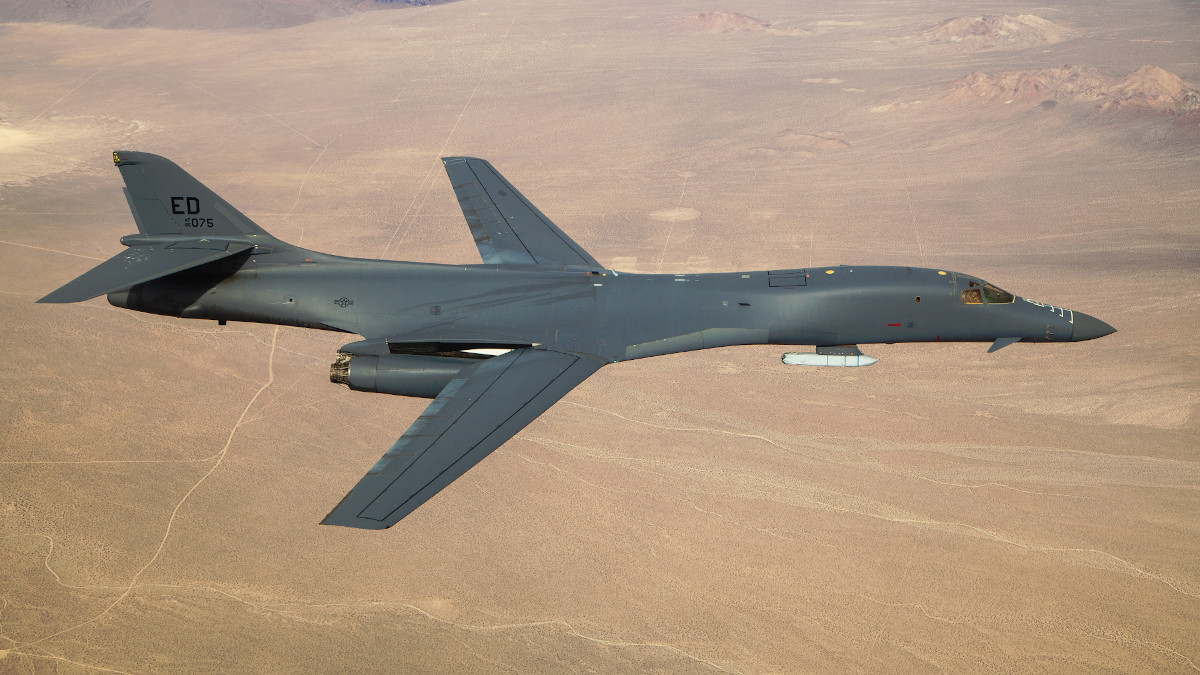

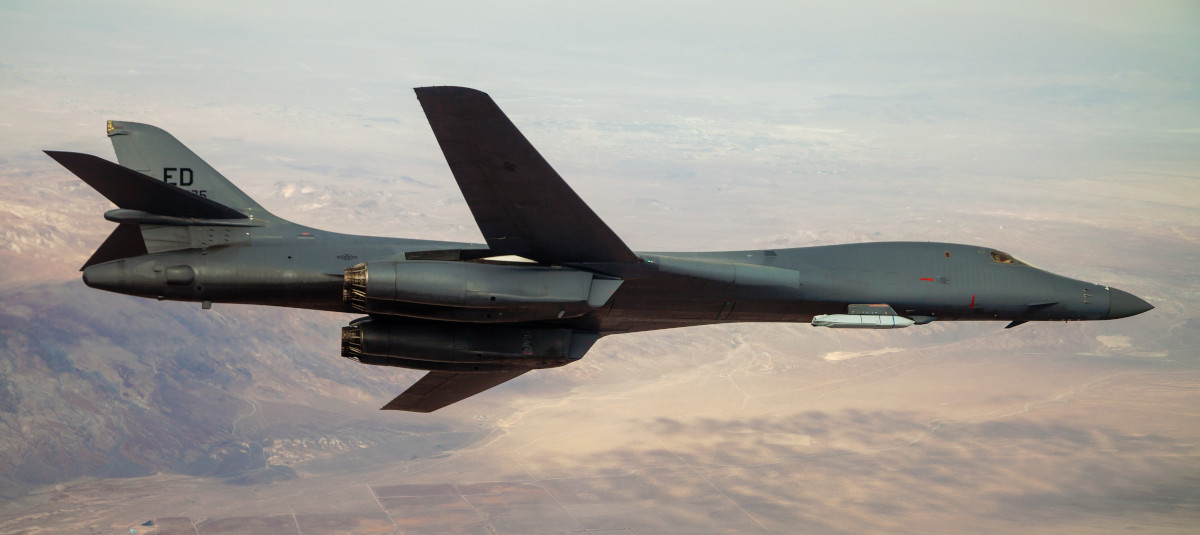
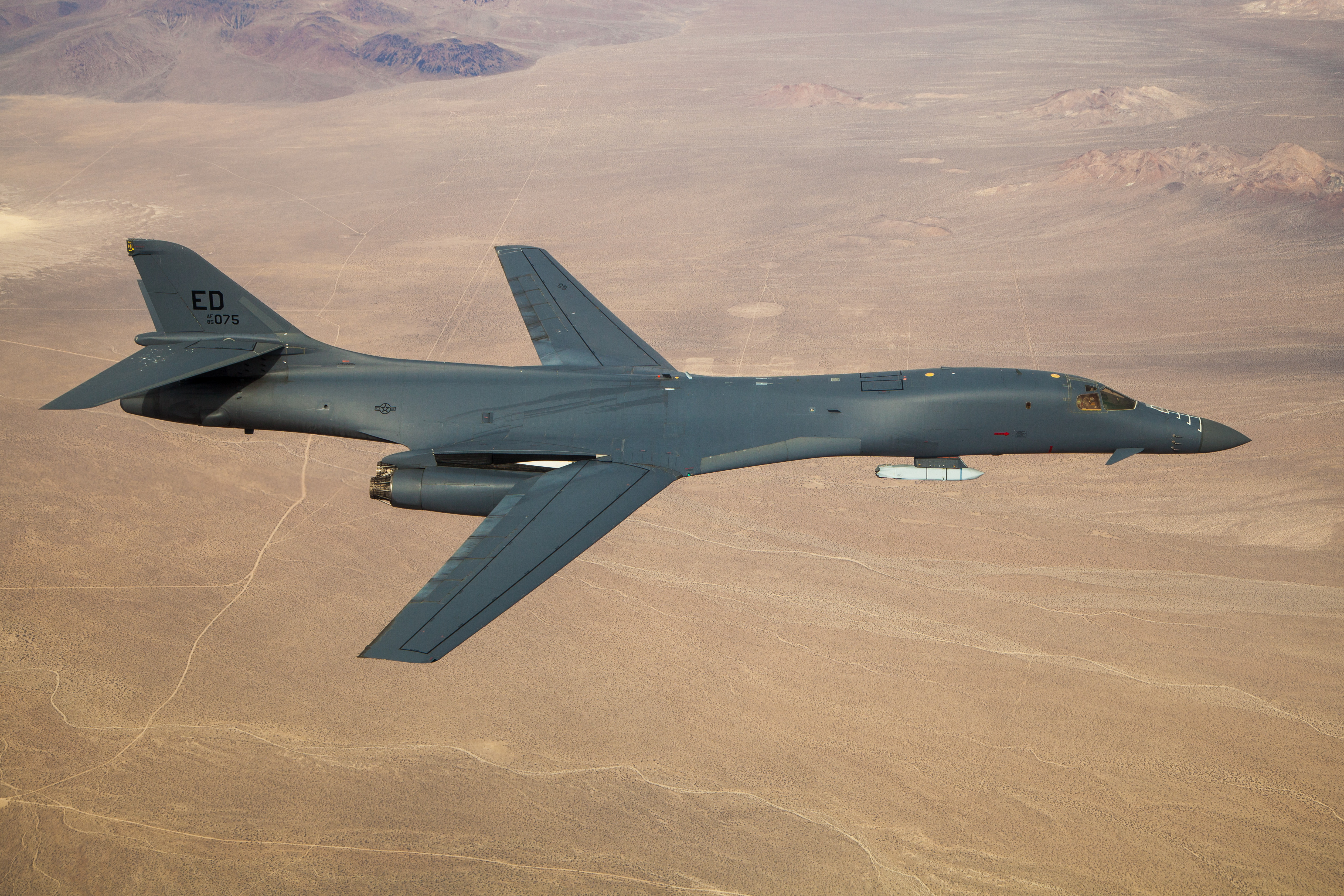
“This was a combined AFLCMC [Air Force Life Cycle Management Center] and Boeing corporation effort to demonstrate the B-1s ability to safely release an externally mounted AGM-158 weapon,” Russell added. “No major modifications were needed.”
The Air Force had previously shown a B-1 carrying an inert AGM-158 on this pylon at an invite-only gathering last year. The service had also shown how it could reconfigure the aircraft’s internal bomb bays to accommodate larger and longer missiles, including future hypersonic types, at that event.
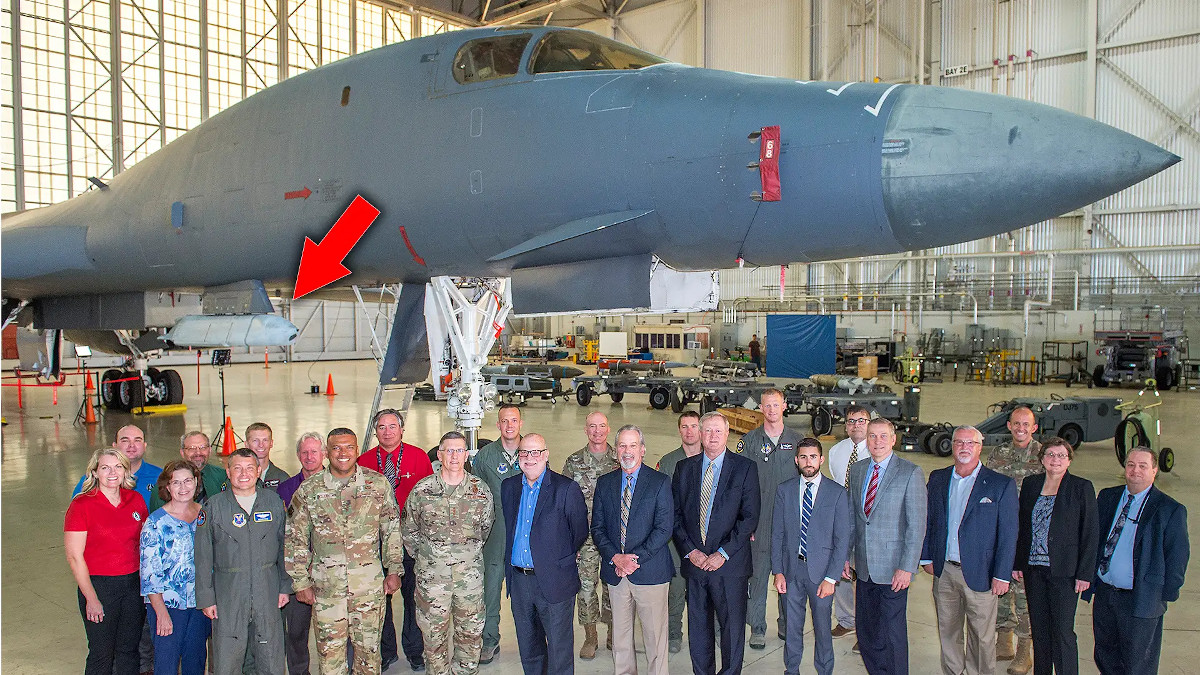
“Since the long bay demo last year this has really been our key focus point in 2020; getting ready for this external weapons release demo as kind of the next step in that progression towards external weapons carriage and hypersonic capabilities for the B-1,” Air Force Major Bret Cunningham, a B-1B test pilot with the 419th Flight Test Squadron, said in a subsequent official news item on the demonstration flight. “We’re pretty close to the culmination of this demo event and reaching that next milestone.”
“For us, we’re looking to do this safely, since this is the first time we will release a weapon from the external hard point in over 30 years,” Agustin Martinez, the project test lead, added. “So we pretty much focused on doing a safe build up approach…to make sure the JASSM and the B-1 are communicating correctly; the JASSM has correct surface deployment timelines so once it does get released it will safely separate.”
It’s worth noting that the B-1s can already carry AGM-158A JASSMs and AGM-158B JASSM-Extended Range (JASSM-ER) missiles, as well as the AGM-158C Long Range Anti-Ship Missile (LRASM) derivative, internally. Some of these bombers notably fired JASSMs in anger during the U.S.-led missile barrage against chemical weapons-related sites in Syria in 2018.
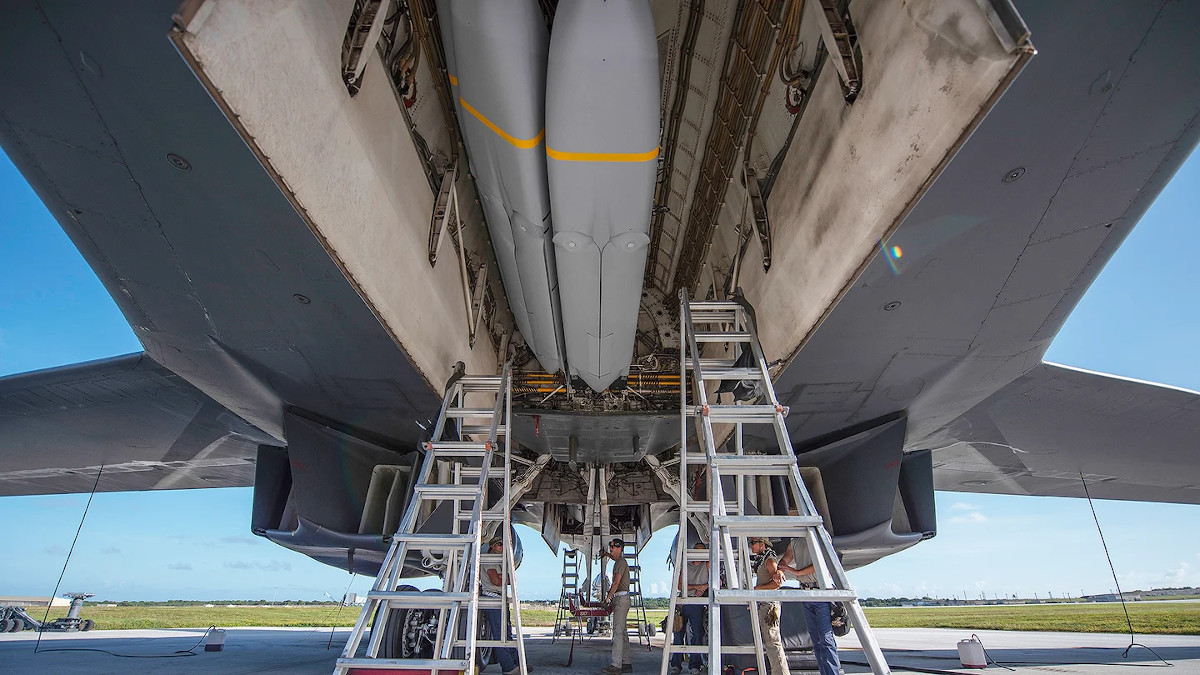
The Air Force is now in the process of developing an “extreme range” version of the JASSM, or JASSM-XR, also known as the AGM-158D, with B-1s being among the likely future launch platforms. The Air Force, as well as Boeing, has also made clear that it sees these bombers as potential launch platforms for hypersonic weapons in the coming years, as well.
“Adapting a small number of our healthiest B-1s to carry hypersonic weapons is vital to bridge between the bomber force we have today, to the force of tomorrow,” Air Force General Timothy Ray, head of AFGSC, said in a statement. “This is a major step forward in our global precision fires capability and it is important we pursue these technologies to remain ahead of our competitors. My goal is to have a limited number of B-1s modified to become the roving linebacker of the western Pacific and the North Atlantic.”
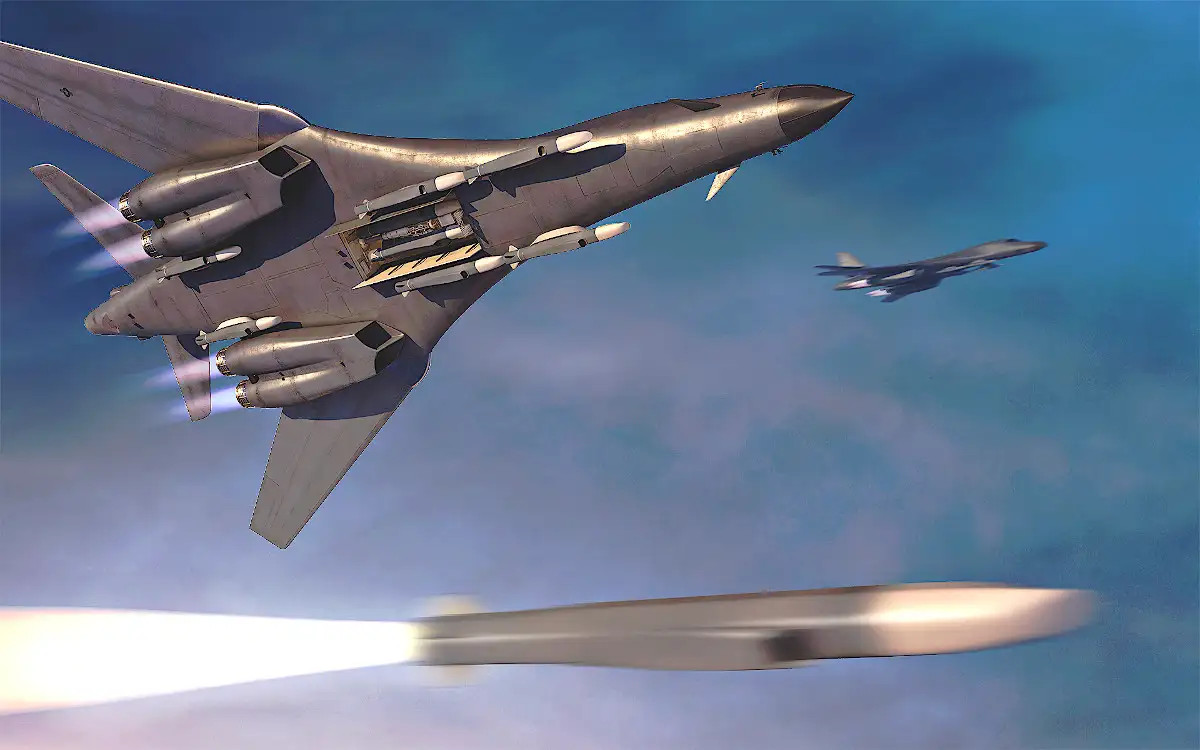
Major Russell, the AFGSC spokesperson, had made clear to The War Zone that this demonstration program, successful or not, is not expected to have any impact on the service’s plan to retire 17 B-1 bombers by the end of the 2021 Fiscal Year, which would leave it with just 43 of these bombers assigned to combat units, as well as two set aside for test and evaluation duties.
The B-1s have been a notable workhorse in America’s conflicts in recent years, especially in Iraq and Syria, the Air Force had struggled to keep the fleet healthy, as a result. The service has more recently improved the readiness rates of these aircraft, but perhaps not as much as it might like. These planes are also simply becoming older and harder to maintain and the plan remains to eventually replace them entirely with new B-21 Raider stealth bombers, starting in the mid-2020s.
In the meantime, this recent demonstration flight underscores how the Air Force is working hard to ensure that its remaining B-1s will continue to be able to contribute to future combat operations, including by carrying various kinds of existing and new air-launched weapons on external pylons.
Contact the author: joe@thedrive.com
